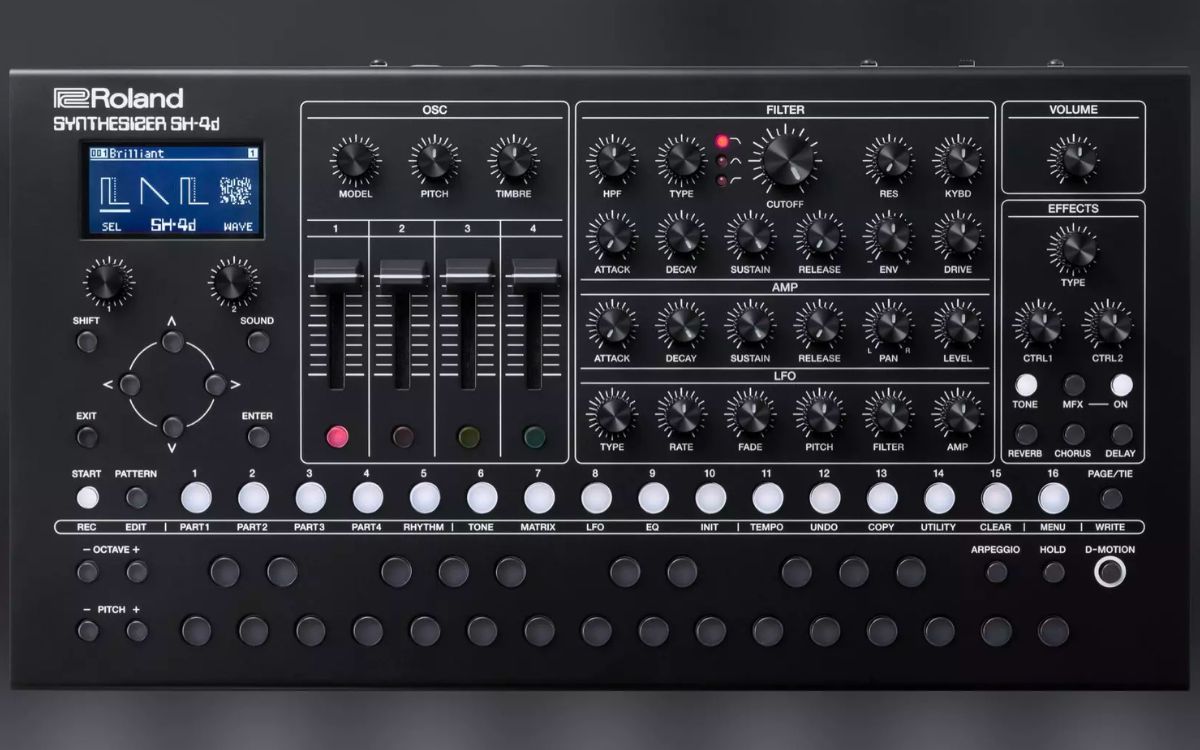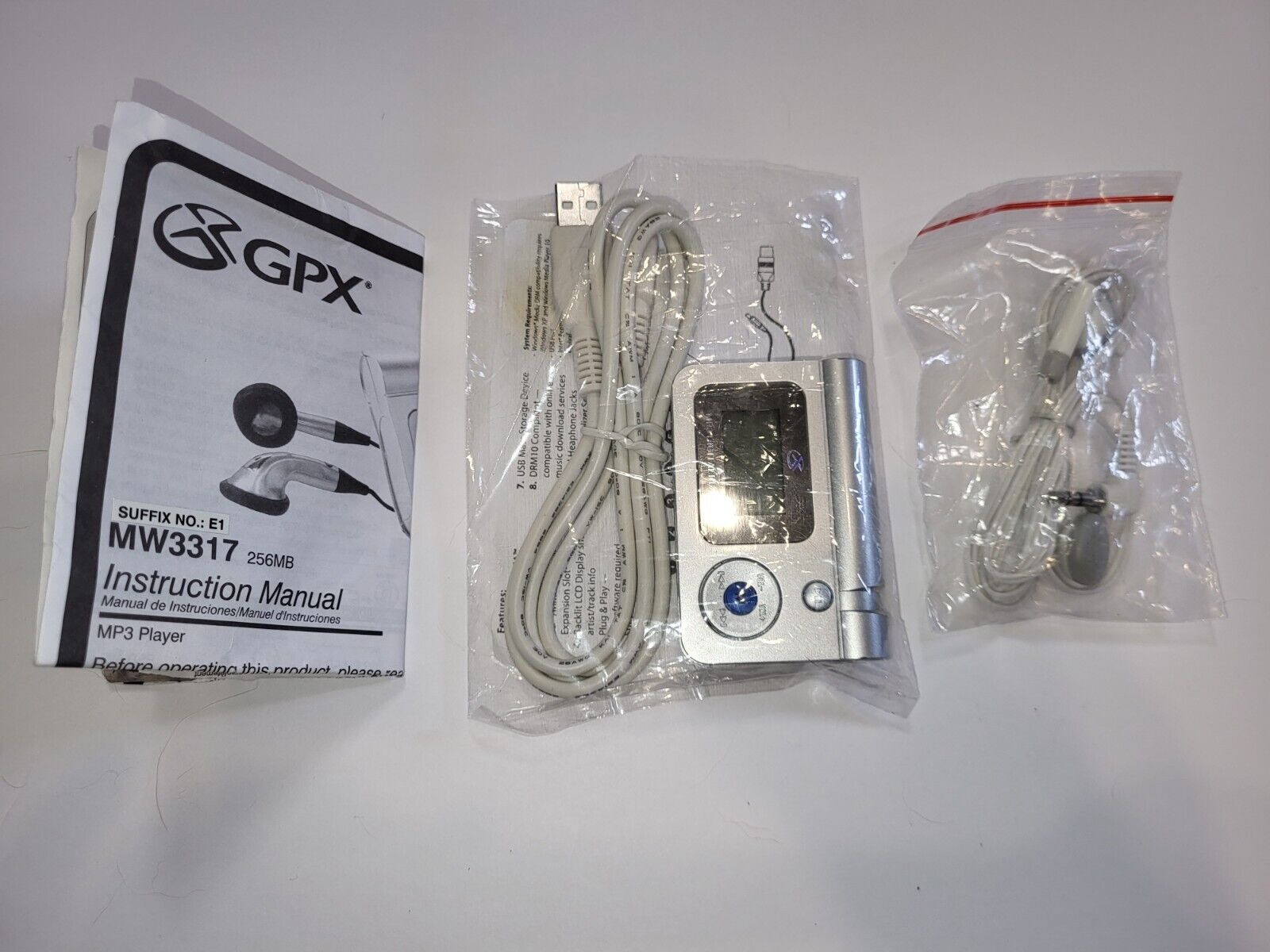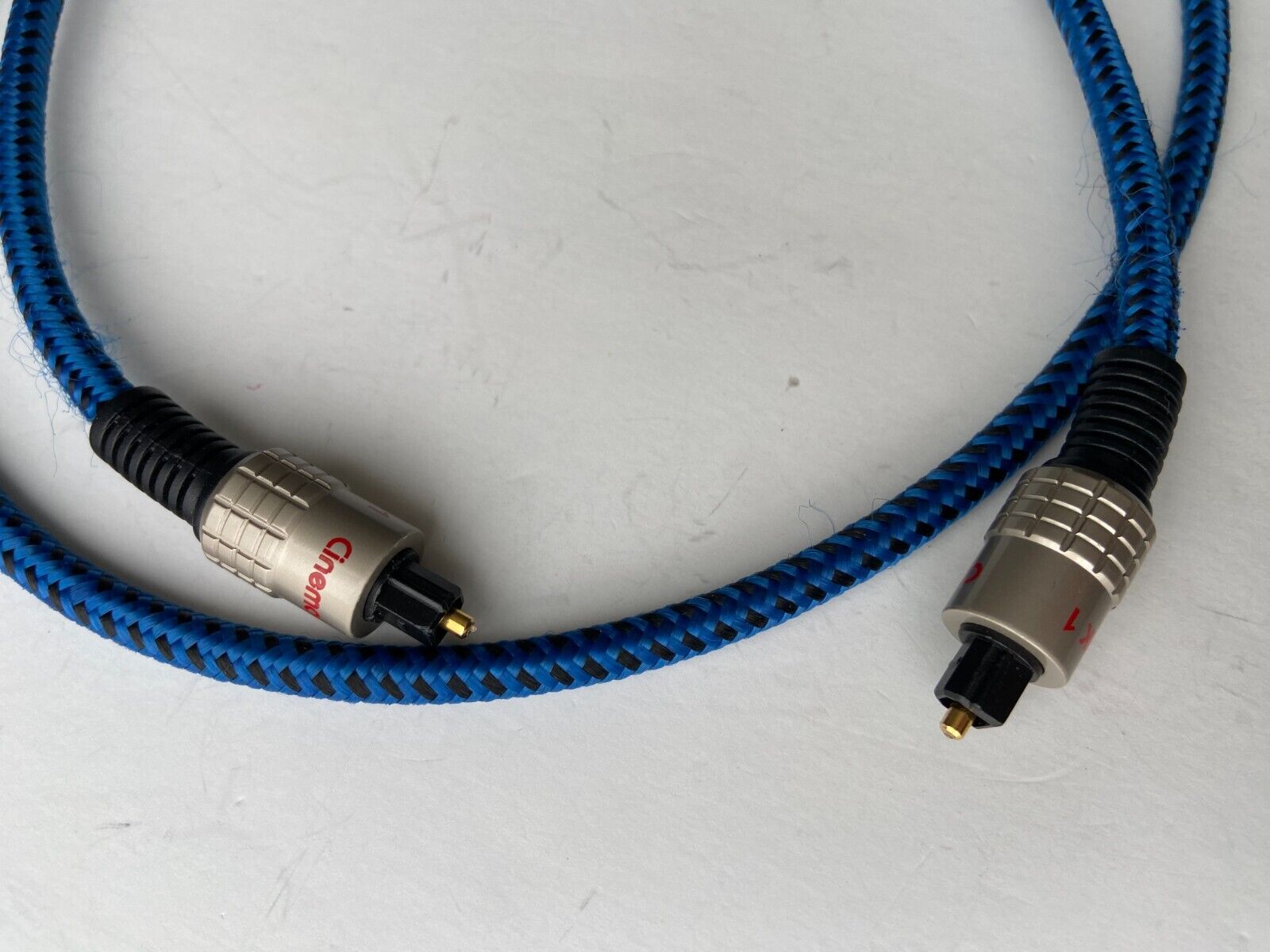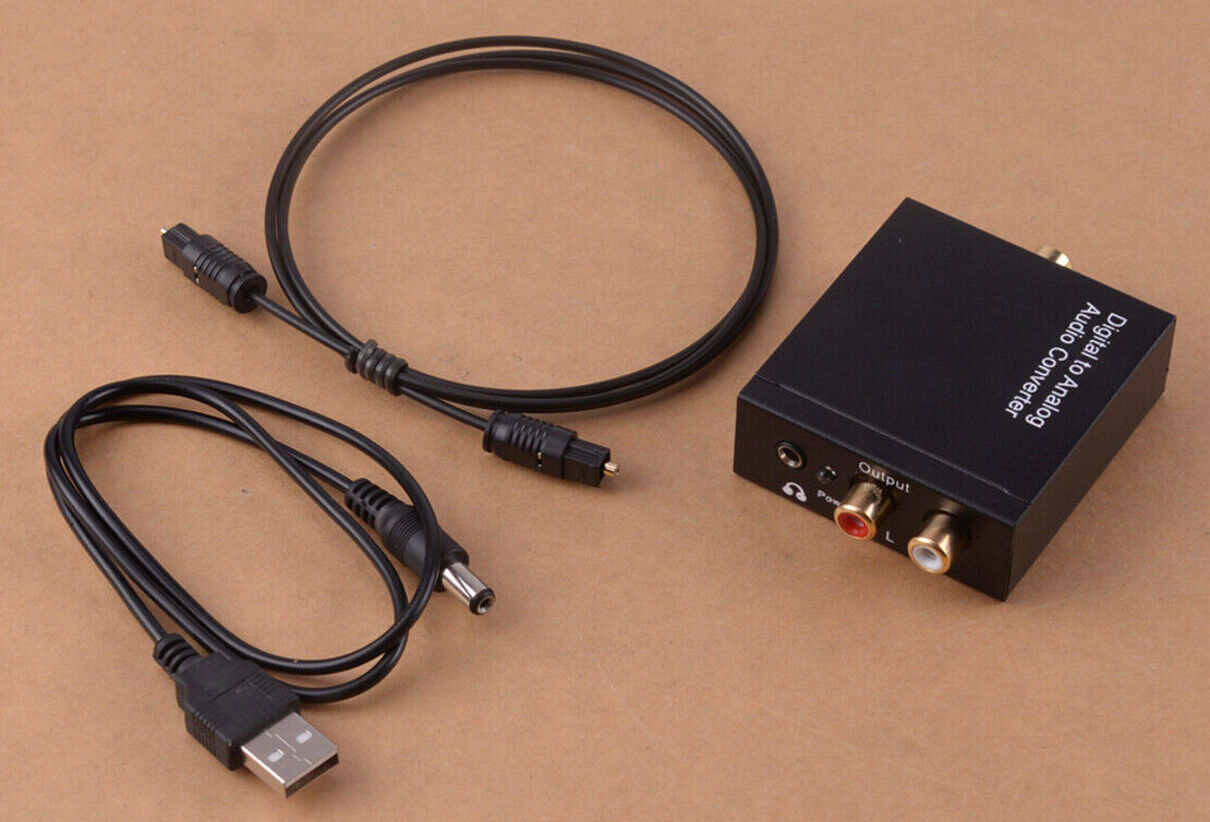Home>Production & Technology>Digital>How To Make Music On Digital Audio Software
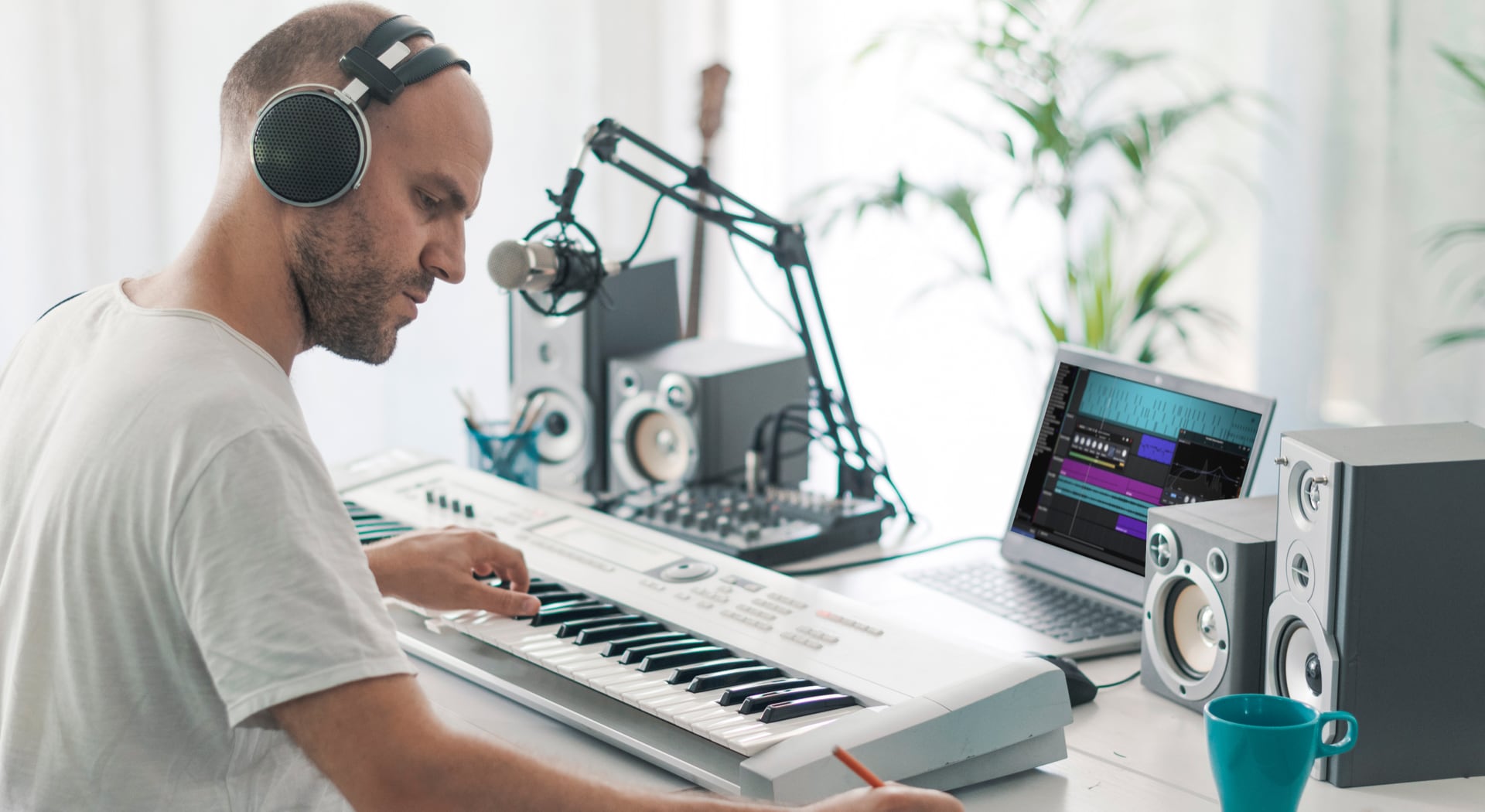

Digital
How To Make Music On Digital Audio Software
Published: March 10, 2024
Learn how to create music using digital audio software. Explore the tools and techniques for producing high-quality digital music. Unlock your creativity and start making music today!
(Many of the links in this article redirect to a specific reviewed product. Your purchase of these products through affiliate links helps to generate commission for AudioLover.com, at no extra cost. Learn more)
Table of Contents
Introduction
In today's digital age, creating music has become more accessible and exciting than ever before. With the evolution of technology, aspiring musicians and producers now have the power to craft professional-quality tracks from the comfort of their own homes. Digital audio software, often referred to as DAWs (Digital Audio Workstations), has revolutionized the music production process, offering a wide array of tools and features to bring musical ideas to life.
Whether you're a seasoned musician or a newcomer to the world of music production, understanding how to make music on digital audio software can open up a world of creative possibilities. From crafting intricate melodies to fine-tuning the perfect mix, the journey of music production is a blend of technical skill, artistic expression, and boundless imagination.
In this comprehensive guide, we will delve into the intricacies of music production using digital audio software. We will explore the essential steps and techniques that will empower you to unleash your creativity and produce captivating music. From selecting the right digital audio software to mastering the art of mixing and mastering, this guide will equip you with the knowledge and skills needed to embark on your musical journey with confidence.
Whether you aspire to create chart-topping hits, experimental soundscapes, or soul-stirring compositions, the world of digital audio software offers a dynamic platform for realizing your musical vision. So, let's dive into the realm of music production and uncover the tools and techniques that will empower you to craft compelling and unforgettable musical experiences.
Choosing the Right Digital Audio Software
Selecting the right digital audio software is a pivotal decision that significantly influences your music production journey. With a myriad of options available in the market, each boasting unique features and capabilities, it's essential to consider several factors before making your choice. Here's a comprehensive guide to help you navigate the process of choosing the ideal digital audio software for your music production needs.
1. Define Your Requirements
Before diving into the sea of digital audio software, it's crucial to outline your specific requirements and preferences. Consider the type of music you intend to create, the complexity of your projects, and the specific tools and features you prioritize. Whether you're focused on electronic music production, live instrument recording, or vocal-centric compositions, understanding your needs will guide you in selecting a software that aligns with your creative vision.
2. Explore User Interface and Workflow
The user interface and workflow of a digital audio software play a pivotal role in shaping your production experience. Look for software that offers an intuitive and user-friendly interface, allowing you to navigate through its features with ease. A streamlined workflow can enhance your productivity and creativity, enabling you to focus on the music without being hindered by complex or convoluted software interfaces.
3. Consider Compatibility and Integration
Compatibility with your existing hardware and software ecosystem is essential when choosing a digital audio software. Ensure that the software is compatible with your computer's operating system and hardware specifications. Additionally, consider its integration with third-party plugins, virtual instruments, and audio interfaces, as seamless integration can expand your sonic palette and enhance your production capabilities.
4. Evaluate Features and Tools
Different digital audio software offer a diverse range of features and tools, ranging from MIDI editing and virtual instruments to advanced audio processing and mixing capabilities. Assess the specific tools and functionalities offered by each software, considering their relevance to your music production requirements. Whether you prioritize robust MIDI editing, comprehensive audio editing tools, or advanced mixing and mastering features, choose a software that aligns with your technical and creative needs.
5. Seek Community and Support
The strength of a software's community and support network can significantly impact your music production journey. Look for software that boasts an active user community, comprehensive documentation, and reliable customer support. Access to tutorials, forums, and user-generated content can accelerate your learning curve and provide valuable insights into maximizing the potential of the software.
By carefully considering these factors and conducting thorough research, you can make an informed decision when choosing the right digital audio software. Whether you opt for industry-standard software like Ableton Live, Logic Pro, or Pro Tools, or explore emerging platforms with innovative features, the software you choose will serve as your creative companion in the exhilarating realm of music production.
Setting Up Your Workspace
Creating an optimized workspace is essential for a productive and inspiring music production environment. Whether you have a dedicated home studio or a compact setup in your living space, the layout and organization of your workspace can significantly impact your creative process. Here's a detailed exploration of the key elements involved in setting up your music production workspace.
1. Ergonomic Layout
Designing an ergonomic layout for your workspace is crucial for promoting comfort and efficiency during extended music production sessions. Position your computer, MIDI controllers, and audio interfaces within easy reach, ensuring that essential tools are readily accessible. Consider investing in an ergonomic chair and adjustable desk to maintain proper posture and minimize physical strain during long hours of music production.
2. Acoustic Treatment
Optimizing the acoustics of your workspace is paramount for achieving accurate sound reproduction and minimizing unwanted reflections and resonances. Integrate acoustic panels, bass traps, and diffusers to address acoustic anomalies and create a balanced listening environment. By mitigating acoustic issues, you can make informed mixing and mastering decisions, leading to polished and professional-sounding music productions.
3. Cable Management
Efficient cable management not only enhances the visual appeal of your workspace but also contributes to a clutter-free and organized environment. Utilize cable organizers, velcro straps, and cable channels to neatly route and secure audio, power, and MIDI cables. A tidy cable setup not only reduces the risk of tripping hazards but also facilitates hassle-free equipment maintenance and troubleshooting.
4. Inspirational Decor
Infusing your workspace with inspirational decor and personal touches can cultivate a creative and motivating atmosphere. Consider incorporating artwork, posters, and mood-enhancing lighting to personalize your space and stimulate artistic inspiration. Surrounding yourself with visual elements that resonate with your musical aspirations can fuel your creativity and imbue your workspace with a sense of artistic identity.
5. Organization and Storage
Maintaining a well-organized workspace is essential for streamlining your music production process. Invest in storage solutions such as shelves, drawers, and storage bins to keep your equipment, cables, and accessories neatly arranged. Labeling cables and gear can further expedite setup and teardown processes, allowing you to focus on the creative aspects of music production without being encumbered by clutter and disorganization.
By meticulously addressing these aspects when setting up your music production workspace, you can create an environment that fosters creativity, productivity, and artistic expression. A thoughtfully designed and organized workspace serves as a canvas for your musical endeavors, empowering you to channel your creative energy into crafting captivating and immersive musical experiences.
Understanding the Basics of Music Production
Understanding the basics of music production is fundamental to embarking on a fulfilling and successful journey in the realm of digital audio software. Music production encompasses a multifaceted process that involves the creation, arrangement, recording, editing, and mixing of musical elements to craft a cohesive and compelling sonic experience. By delving into the foundational principles of music production, aspiring producers can gain a comprehensive understanding of the essential components that contribute to the creation of captivating and polished musical compositions.
1. Musical Fundamentals
At the core of music production lies a deep appreciation for musical fundamentals. This includes an understanding of musical theory, harmony, rhythm, and melody. Familiarity with musical scales, chord progressions, and rhythmic patterns empowers producers to craft harmonically rich compositions and engaging rhythmic structures. Additionally, a grasp of musical notation and arrangement principles provides a solid foundation for translating creative ideas into tangible musical expressions within the digital audio software environment.
2. Sound Design and Synthesis
Sound design and synthesis form the building blocks of sonic exploration and creativity in music production. Producers delve into the realm of synthesizers, samplers, and virtual instruments to sculpt and manipulate sounds, creating unique timbres and textures that define the sonic identity of their compositions. Understanding the principles of sound synthesis, envelope shaping, modulation, and signal processing equips producers with the tools to craft diverse and evocative sonic landscapes within the digital audio software environment.
3. Recording Techniques
The art of capturing pristine audio recordings is a pivotal aspect of music production. Whether recording live instruments, vocals, or field recordings, mastering fundamental recording techniques is essential. This includes knowledge of microphone placement, signal flow, gain staging, and room acoustics. By honing their recording skills, producers can capture high-quality audio sources that serve as the raw material for their music production endeavors.
4. MIDI Programming and Editing
MIDI (Musical Instrument Digital Interface) programming and editing offer a versatile and expressive means of creating and manipulating musical performances within digital audio software. Understanding MIDI principles, including note sequencing, velocity modulation, and controller assignments, enables producers to craft intricate musical arrangements and dynamic performances using virtual instruments and synthesizers. Additionally, MIDI editing tools empower producers to fine-tune and manipulate musical performances with precision and creativity.
5. Arrangement and Composition
The art of arrangement and composition lies at the heart of music production, shaping musical ideas into cohesive and engaging compositions. Producers explore the interplay of musical elements, structure, and dynamics to craft compelling arrangements that captivate listeners. Understanding the principles of musical arrangement, including verse-chorus structures, transitions, and sonic layering, empowers producers to weave intricate and emotive musical narratives within their digital audio software projects.
By embracing and mastering these foundational aspects of music production, aspiring producers can lay a solid groundwork for their creative endeavors. The knowledge and skills acquired through understanding the basics of music production serve as a springboard for exploring advanced techniques, refining artistic expression, and ultimately crafting music that resonates with audiences on a profound level.
Creating Beats and Rhythms
Creating beats and rhythms is a fundamental aspect of music production, serving as the rhythmic foundation that drives the energy and groove of a composition. Whether crafting infectious drum patterns for a dance track or sculpting intricate rhythmic textures for an ambient piece, the art of creating beats and rhythms within digital audio software is a dynamic and expressive endeavor.
1. Drum Programming and Sequencing
Drum programming and sequencing form the cornerstone of beat creation within digital audio software. Producers harness the power of virtual drum machines, sample libraries, and percussion instruments to construct compelling rhythmic patterns. By leveraging the intuitive grid-based interfaces of digital audio software, producers can sequence drum hits, layer percussion elements, and experiment with rhythmic variations to craft dynamic and engaging beats.
2. Groove and Swing
Infusing beats with groove and swing is a nuanced art that adds human-like feel and rhythmic fluidity to compositions. Producers manipulate timing, velocity, and quantization parameters to introduce subtle variations and rhythmic accents, breathing life and character into the beats. By adjusting the timing and velocity of individual drum hits, producers can imbue their rhythms with a sense of organic movement and infectious groove, elevating the overall musical impact of the composition.
3. Sample Manipulation and Layering
Sample manipulation and layering offer a palette of creative possibilities for shaping and enhancing rhythmic elements. Producers delve into the realm of sample editing, pitch manipulation, and transient shaping to tailor drum and percussion samples to suit their sonic vision. Additionally, layering multiple samples and percussive elements allows producers to create rich and textured rhythmic arrangements, adding depth and complexity to their beats.
4. Rhythmic Modulation and Effects
Exploring rhythmic modulation and effects opens up avenues for sculpting evolving and dynamic rhythmic textures. Producers experiment with rhythmic gating, stutter effects, and rhythmic modulation plugins to introduce captivating rhythmic variations and embellishments. By harnessing the creative potential of rhythmic effects, producers can infuse their beats with intricate rhythmic nuances and sonic flourishes, elevating the rhythmic landscape of their compositions.
5. Collaborative Rhythmic Exploration
Collaborative rhythmic exploration involves integrating live performance and improvisation into the beat creation process. Producers leverage MIDI controllers, drum pads, and electronic percussion instruments to perform and record expressive rhythmic performances directly into their digital audio software. This approach allows for spontaneous and organic rhythmic exploration, infusing the beats with a sense of human touch and improvisational energy.
By embracing these techniques and approaches, producers can embark on a captivating journey of beat creation within the digital audio software environment. The art of crafting beats and rhythms transcends technical proficiency, inviting producers to infuse their compositions with personality, emotion, and rhythmic vitality, ultimately shaping the sonic identity of their musical creations.
Recording and Editing Instruments and Vocals
Recording and editing instruments and vocals are pivotal stages in the music production process, allowing producers to capture expressive performances and refine them to perfection within the digital audio software environment. Whether tracking live instruments, vocals, or electronic performances, the art of recording and editing encompasses a blend of technical precision, artistic sensitivity, and meticulous attention to detail.
1. Preparing for Recording
Before embarking on the recording process, meticulous preparation is essential to ensure optimal results. This involves setting up microphones, configuring audio interfaces, and creating a conducive recording environment. Producers meticulously position microphones to capture the nuances and tonal characteristics of instruments and vocals, leveraging techniques such as close miking, room miking, and stereo miking to achieve diverse sonic perspectives. Additionally, optimizing the recording space with acoustic treatment and isolation measures minimizes unwanted ambient noise and ensures pristine audio capture.
2. Capturing Expressive Performances
The recording phase is a moment of artistic expression and musical interpretation, where performers breathe life into compositions through their instrumental and vocal performances. Producers strive to create a supportive and inspiring atmosphere for performers, encouraging emotive and captivating renditions. Whether capturing the raw energy of a live band performance or the intimate nuances of a vocal delivery, the art of recording involves fostering a collaborative and creative environment that empowers performers to deliver compelling and authentic performances.
3. Editing and Refinement
Following the recording phase, producers delve into the realm of editing and refinement to elevate the recorded performances. This involves meticulous audio editing, comping, and vocal tuning to address imperfections, enhance dynamics, and achieve a cohesive and polished sonic result. Producers utilize precise editing tools within the digital audio software to trim, align, and seamlessly arrange recorded takes, ensuring seamless transitions and musical coherence. Additionally, vocal tuning tools enable producers to fine-tune pitch and timing, enhancing vocal performances while preserving their emotive qualities.
4. Creative Processing and Enhancement
Beyond technical refinement, the editing phase offers opportunities for creative processing and enhancement of recorded instruments and vocals. Producers explore a diverse array of audio effects, including equalization, compression, reverb, and modulation, to sculpt the tonal characteristics and spatial presence of recorded performances. By applying creative processing techniques, producers imbue instruments and vocals with depth, texture, and sonic character, enriching the sonic tapestry of their compositions.
5. Iterative Collaboration and Feedback
The process of recording and editing instruments and vocals often involves iterative collaboration and feedback between producers, performers, and collaborators. Producers engage in open dialogue with performers, seeking their input and perspective on the recorded performances. This collaborative exchange fosters a sense of artistic partnership and mutual respect, leading to refined and compelling musical outcomes that resonate with authenticity and creative synergy.
By embracing the intricacies of recording and editing instruments and vocals, producers can harness the transformative power of the digital audio software environment to capture evocative performances and refine them into captivating sonic expressions. The art of recording and editing serves as a bridge between artistic vision and technical precision, shaping the musical narrative with finesse and creativity.
Mixing and Mastering Your Tracks
Mixing and mastering are the final stages in the music production process, where individual tracks are sculpted, balanced, and refined to achieve a cohesive and professional sonic result. These stages are integral to ensuring that the musical compositions are presented in their best possible form, ready to captivate listeners with their sonic richness and clarity.
1. Mixing: Shaping the Sonic Landscape
Mixing involves the art of blending individual tracks, adjusting their levels, panning, and applying audio processing to create a harmonious and balanced sonic landscape. Producers meticulously sculpt the tonal characteristics of each instrument and vocal, ensuring that they occupy their rightful place within the mix. By harnessing the power of equalization, dynamics processing, spatial effects, and creative sound shaping tools, producers imbue the mix with depth, clarity, and emotional resonance.
2. Spatial Enhancement and Depth
Spatial enhancement plays a pivotal role in creating a sense of dimension and immersion within the mix. Producers leverage spatial effects such as reverb, delay, and modulation to position instruments and vocals within a three-dimensional sonic canvas. By judiciously applying spatial processing, producers create a sense of depth, ambience, and spatial movement, enriching the sonic tapestry and drawing listeners into a captivating auditory experience.
3. Dynamic Control and Balance
Achieving dynamic control and balance is essential for ensuring that the mix maintains clarity and impact across a wide range of playback systems. Producers employ dynamic processing tools such as compressors, limiters, and multiband dynamics processors to shape the dynamic range of individual tracks and the overall mix. This meticulous control of dynamics ensures that the mix exhibits a consistent and compelling sonic presence, captivating listeners with its sonic impact and emotional resonance.
4. Mastering: Polishing the Final Presentation
Mastering represents the final stage of sonic refinement, where the overall mix is fine-tuned and prepared for distribution. Producers engage in mastering to address tonal balance, dynamic consistency, and sonic enhancement, ensuring that the music translates optimally across various playback systems and platforms. Through the application of mastering tools such as equalization, multiband compression, stereo enhancement, and limiting, producers elevate the mix to a professional standard, ready to engage and enthrall audiences with its sonic clarity and impact.
5. Quality Assurance and Delivery
The mastering stage also involves quality assurance and delivery preparation, where producers meticulously review the final master to ensure its sonic integrity and adherence to industry standards. Additionally, producers prepare the mastered tracks for distribution across digital platforms, ensuring that the music is presented in a format that preserves its sonic fidelity and artistic intent. This meticulous attention to detail and quality assurance ensures that the music is delivered to audiences with uncompromising sonic excellence and artistic integrity.
By embracing the intricacies of mixing and mastering, producers elevate their musical compositions to a professional standard, ready to captivate audiences with their sonic richness and emotional impact. The art of mixing and mastering represents the culmination of the music production journey, where technical precision and artistic finesse converge to shape musical narratives that resonate with depth, clarity, and enduring beauty.
Conclusion
In conclusion, the realm of music production using digital audio software offers a boundless landscape of creative exploration and sonic innovation. From the initial stages of choosing the right digital audio software to the final stages of mixing and mastering, the journey of music production is a dynamic fusion of technical expertise, artistic expression, and unwavering passion for sonic storytelling.
Aspiring musicians and producers are empowered to unleash their creativity and craft compelling musical experiences through a comprehensive understanding of the essential steps and techniques involved in music production. The process begins with defining individual requirements, exploring user interfaces, and evaluating compatibility and integration, culminating in the selection of the ideal digital audio software that aligns with creative vision and technical needs.
Setting up an optimized workspace serves as the foundation for productive and inspiring music production environments, fostering creativity, comfort, and efficiency. The ergonomic layout, acoustic treatment, cable management, inspirational decor, and organizational strategies collectively contribute to a conducive environment that nurtures artistic expression and musical exploration.
Understanding the basics of music production, including musical fundamentals, sound design, recording techniques, MIDI programming, and arrangement principles, equips producers with a solid foundation for translating creative ideas into captivating musical compositions. This foundational knowledge serves as a springboard for exploring advanced techniques, refining artistic expression, and ultimately crafting music that resonates with audiences on a profound level.
Delving into the intricacies of creating beats and rhythms within digital audio software unlocks a world of rhythmic exploration and expressive possibilities. From drum programming and sequencing to sample manipulation, rhythmic modulation, and collaborative rhythmic exploration, producers embark on a captivating journey of crafting dynamic and engaging rhythmic landscapes that drive the energy and groove of their compositions.
The art of recording and editing instruments and vocals represents a pivotal stage in the music production process, where expressive performances are captured and refined to perfection. Meticulous preparation, capturing emotive performances, editing and refinement, creative processing, and iterative collaboration collectively shape the recorded performances into compelling sonic expressions that resonate with authenticity and artistic synergy.
Finally, the stages of mixing and mastering elevate musical compositions to a professional standard, where technical precision and artistic finesse converge to shape sonic narratives that captivate audiences with their depth, clarity, and enduring beauty. From shaping the sonic landscape and spatial enhancement to dynamic control, mastering, and quality assurance, the art of mixing and mastering represents the culmination of the music production journey, where musical narratives are presented in their best possible form, ready to engage and enthrall audiences with their sonic richness and emotional impact.
In essence, the journey of music production using digital audio software is a testament to the transformative power of technology, creativity, and unwavering dedication to musical excellence. By embracing the knowledge, techniques, and artistic sensibilities woven throughout this guide, aspiring musicians and producers are poised to embark on a captivating and fulfilling musical journey, where their creative visions are translated into timeless and evocative musical experiences.


